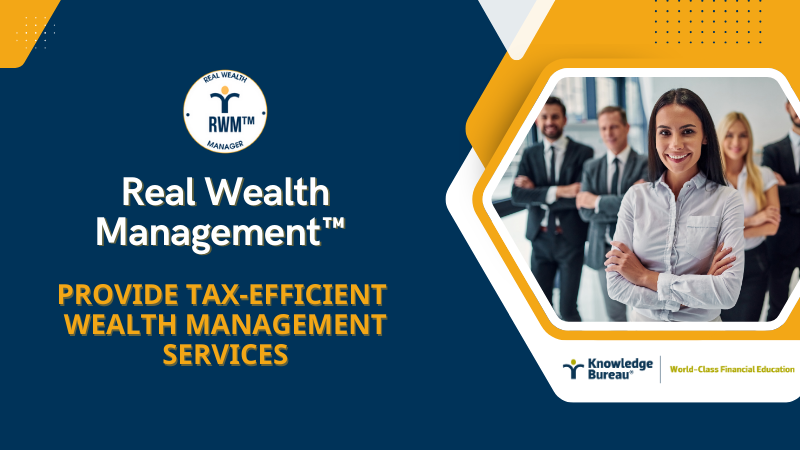Last updated: August 05 2025
Focus on the Wealth Gap to Close the Income Gap

Geoff Currier
Canada’s income gap is growing. That much is true, but that one sentence fails to tell the whole story. There is much more to the issue of increasing disposable income in Canada, especially in volatile, recessionary times. In fact, to close the income gap it’s most important to focus on the wealth gap. That means helping average people save more, sooner. That brings purpose and urgency to the proactive conversations that should be initiated this fall by professionally trained financial advisors. Consider the following:
Income Gap Defined: Statistics Canada defines the income gap as “the difference in the share of disposable income between households in the top 40% and the bottom 40% of income distribution.” In 2024, this gap reached a high of 47.1 percentage points.
This number is generally what gets reported by most media outlets and fuels calls for higher taxes on the “rich” by those who favour that strategy. But there’s a danger in this approach:
Former Finance Minister Michael Wilson famously said, “Canada has an acute shortage of rich people,” a lament that speaks to the importance of democratizing wealth building over a broad base to meet societal needs for financial independence.
Someone once said some people use statistics as a drunken man uses a lamppost, that is, for support rather than illumination. This is one such case. The implication is that if the rich are getting richer, the poor must be getting poorer. It’s not quite that simple, and in fact, not true.
Household Wealth Is Increasing, Especially for the Least Wealthy. Household net worth increased by $141.2 billion (0.8%) in the first quarter of 2025, reaching $17.6 trillion. There are some interesting nuances here. According to Stats Canada:
Despite weaker economic and housing market conditions, the least wealthy in Canada increased their net worth in the first quarter of 2025 over a year ago by +3.1%. The reason? The value of their financial assets grew at an above-average pace (+6.9% compared with +6.7% for all households).
It makes the case for diversifying income sources, especially because the lowest income households are especially susceptible to wage growth and job loss in current market conditions (especially in manufacturing and transport sectors). In fact, these households were the only ones in which average wages fell (-3.3%) – a gap that their investment income sources could have filled, at least partially.
Stats Canada also tells us that while wages were not as strong, overall disposal income for the bottom 40% of wage earners did improve by 3.6% in 2024, aided by declining interest rates, an ease in inflation and, if they were homeowners, increasing real estate values. However, it is important to point out that by the end of the first quarter of 2025, the increase in value of housing acquired by the least wealthy did not keep pace with the increase in mortgage financing costs.
The wealthiest households, meanwhile increased their net worth at an above-average pace (+3.1%), but this is largely because they were able to avoid debt financing and had the strongest growth in the value of their financial assets ( a very healthy +$144,551; +7.1%).
Canada’s Wealth Gap is Solvable: While there is no avoiding the fact that there is a massive gap between the wealthy and the poor, there is statistical evidence that helping lower earners begin and stick to a saving plan can have phenomenal results in building financial security.
The numbers will tell the story going forward. Whereas the top 20% of Canadian wealth holders accounted for close to 65% of all net worth at the end of 2024, averaging $3.3 million per household, the least wealthy held only 3.3% or an average of $84,600.
How to Narrow the Gap. This is where astute financial planning comes in. It begins by giving younger investors more attention to build their financial independence. They are astute learners. Note that in the first quarter of 2025:
- the debt-to-income ratio declined for younger age groups, because growth in wages and investment income, exceeded debt increases. That leave more money for savings.
- those in the lowest 40% of household earnings were not seeing growth at the same rate as those above them. As Statistics Canada points out in their study: lower earners “tend to have less diversified investment portfolios that focus on interest-bearing instruments rather than other forms of investments, such as equities.”
Some Practical Solutions: Consider the following recommendations:
Financial advisors: Encourage young Canadians to get as much education as possible and to acquire as much financial literacy as they are able. This begins with parents who save regularly in RESPs (Registered Educational Savings Plans), TFSAs (Tax Free Savings Accounts) or by depositing Canada Child Benefit payments, for example, into a non-registered account set aside for those purposes.
Tax advisors: Help parents understand how to access tax-assisted help by filing a tax return for all members of the family. Filing a tax return will build RRSP contribution room, increase refundable and non-refundable tax credits and even Canada Education Savings Grants within the RESP, for example. Those who turn 18 should start to file for their own refundable tax credits, such as the federal GST/HST Credit and begin savings in their First Home Savings Account (FHSA) and Tax Free Savings Account (TFSA). An RRSP contribution can help reduce net income so that parents can transfer more of the available tuition fee amounts when students reach university.
Know Your Next New Client. In short, encouraging a low-income earner to drop by for a chat can present a challenge but you may be surprise how receptive young people can be to these opportunities. Your next new best client could well be a Gen Z (age 13-28) or Alpha Gen cohort (up to age 14 with a first job or savings from allowances). You can impress upon them that they have the potential to grow their own wealth, and help with financial literacy.
The Bottom Line: To date, the focus on the part of the federal government has increasingly been on wealth redistribution. Increasing taxes on the wealthy is one way to go but it has not provided the solution to either the wealth gap or the income gap. With a high school dropout rate among Canadian boys of 19% and among girls at 13% we are faced with a problem of a large swath of our population who will be relegated to low paying jobs. Government needs to pay attention to this and perhaps in the next budget, incentivize training programs. It’s a critical step in meeting the demands for building a new economy.
Most important: helping those at the bottom end of the income spectrum learn how to build wealth is a more effective strategy than penalizing those who have already done it. That means keeping interest rates and inflation in check, reducing taxes for low income earners and promoting the financial literacy to save early, often and in the right accounts.
Tax and financial advisors can provide shared responsibility by engaging with younger and lower earners as educators and advocates for the building of wealth as a diversification strategy to wage earnings. It’s important to practice with an intergenerational strategies: all members of an economic unit around the planning table with in a tax or planning cycle.
Stay tuned weekly to Knowledge Bureau Report for continuing coverage of breaking tax and economic news and tune in to a new podcast- Real Tax News You Can Use with Evelyn Jacks: podcast@knowledgebureaureport.com

